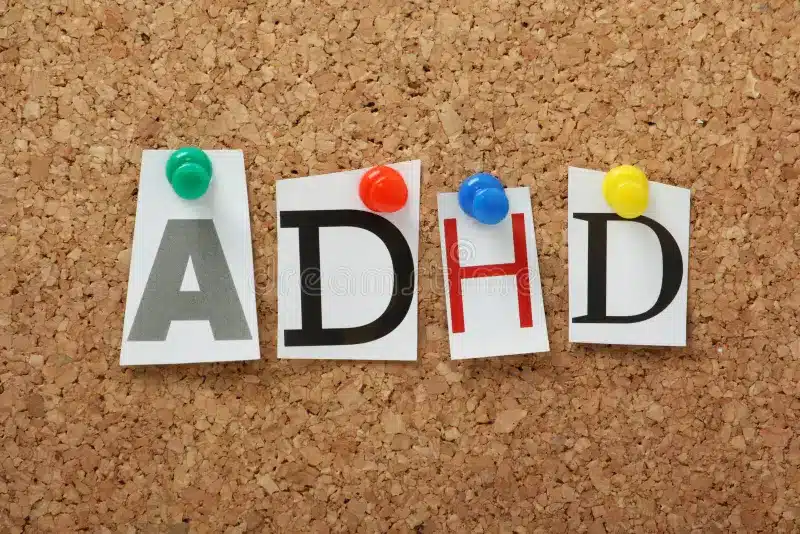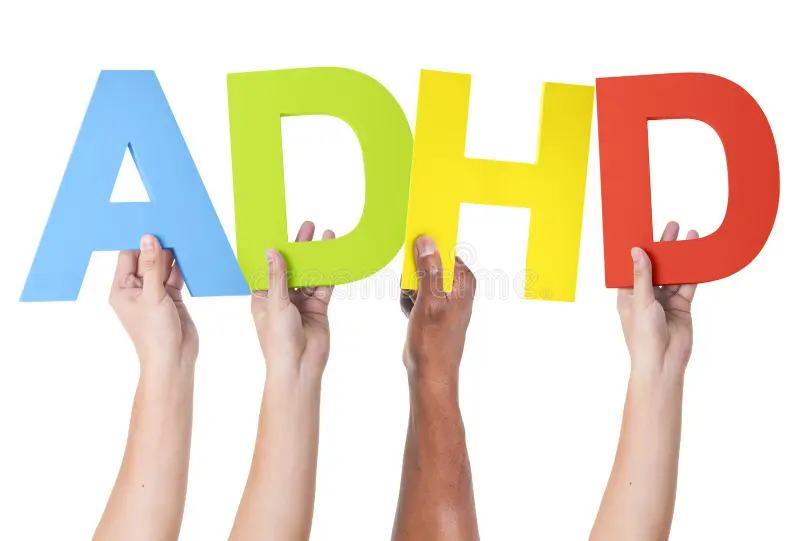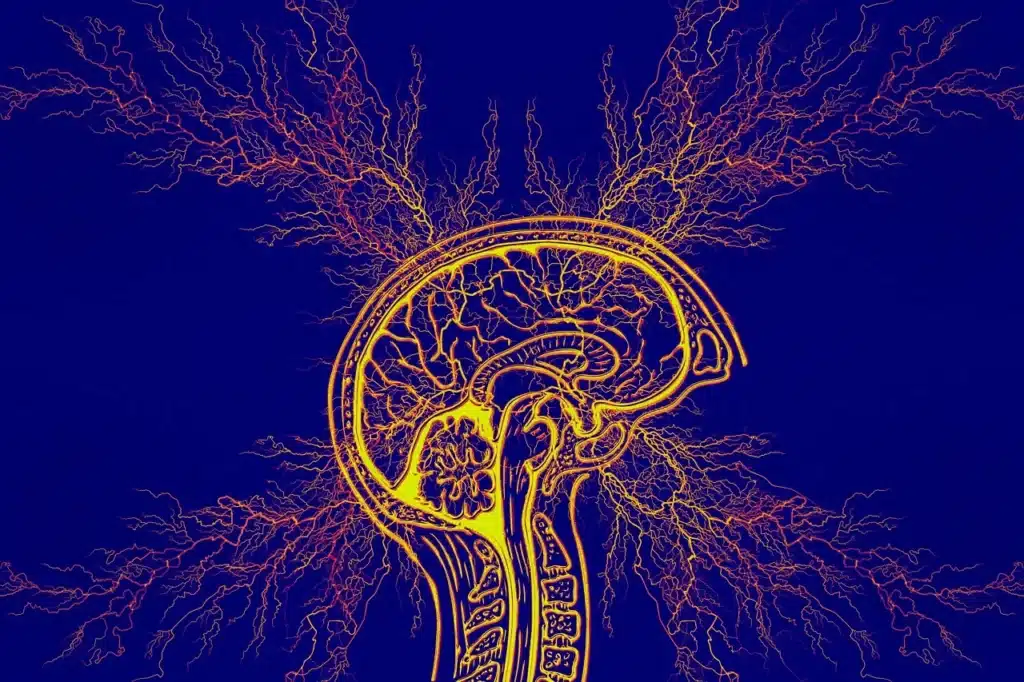
Life:
1. What is ADHD?
Attention Deficit Hyperactivity Disorder (ADHD) is a neurodevelopmental disorder that affects millions of people worldwide. It’s a lifelong condition that usually begins in childhood and can continue into adulthood. ADHD is typically diagnosed in children between the ages of 6 and 12 years, but it can also be diagnosed in adults who have had the condition since childhood.
People with ADHD have differences in brain development and function, particularly in areas related to attention, focus, and impulse control. Individuals with ADHD may have a smaller prefrontal cortex, which is the part of the brain responsible for planning, organizing, and completing tasks.
They may also have lower levels of dopamine, a neurotransmitter that plays a role in motivation and reward. The core symptoms of ADHD fall into three categories: inattention, hyperactivity, and impulsivity. Inattention symptoms can include difficulty paying attention, focusing on tasks, staying organized, and following instructions. Hyperactivity symptoms can include excessive fidgeting, restlessness, and difficulty sitting still, especially in situations that require stillness. Impulsivity symptoms can include acting without thinking, blurting things out, or making hasty decisions without considering the consequences.
Diagnosis of ADHD involves a comprehensive evaluation by a mental health professional, including interviews with the person and potentially their family or caregivers. There’s no single test for ADHD, so a diagnosis is usually made based on a combination of symptoms, behaviors, and other factors. ADHD is a lifelong condition, but it can be effectively managed. Treatment options include a combination of therapy, medication, and lifestyle changes. Therapy can help individuals with ADHD learn coping strategies and improve their social skills.
Medications like stimulants or non-stimulants can help reduce symptoms of ADHD. Lifestyle changes like regular exercise, healthy eating habits, getting enough sleep, and staying organized can also be helpful. If you think you or someone you know might have ADHD, it’s important to consult with a healthcare professional for a proper diagnosis and personalized treatment plan. With the right treatment and support, individuals with ADHD can learn to manage their symptoms and lead happy, successful lives.

2. What are the causes of ADHD?
The exact cause of ADHD is still not fully understood, but research indicates that a combination of factors likely contributes to the condition. What we currently know is as follows:
Inheritance: ADHD often runs in families, and children of individuals with ADHD have a greater likelihood of inheriting the condition. However, the specific genes or combinations of genes responsible have not been identified.
Brain Structure and Function: Studies suggest that individuals with ADHD may have differences in brain structure and function compared to those without the condition. These variances might include lower activity levels in brain regions that control attention and activity or imbalances in brain chemicals (neurotransmitters).
Other potential contributing factors under investigation include:
Prenatal Exposures: Exposure to alcohol, tobacco, or environmental toxins during pregnancy could be a potential risk factor.
Brain Trauma: Significant head injuries may elevate the risk of developing ADHD in certain cases.
Prematurity and Low Birth Weight: Babies born prematurely or with a low birth weight may have a slightly increased risk of developing ADHD.
It’s important to emphasize that these are only potential risk factors, and not everyone with these risk factors will develop ADHD.
3. How to deal with ADHD (Physical) ?
ADHD, or Attention Deficit Hyperactivity Disorder, is a common neurodevelopmental disorder that affects millions of children and adults worldwide. It is a lifelong condition that can negatively impact a person’s attention span, focus, and impulse control. But, there are many ways to manage and cope with the symptoms of ADHD.
The brain development and function of people with ADHD are different than those without the disorder, particularly in areas related to attention, focus, and impulse control. Studies suggest that individuals with ADHD may have a smaller prefrontal cortex, the part of the brain responsible for planning, organizing, and completing tasks.
They may also have lower levels of dopamine, a neurotransmitter that plays a role in motivation and reward. The core symptoms of ADHD fall into three categories: inattention, hyperactivity, and impulsivity. Inattention symptoms can include difficulty paying attention, focusing on tasks, staying organized, and following instructions. Hyperactivity symptoms can include excessive fidgeting, restlessness, and difficulty sitting still, especially in situations that require stillness.
Impulsivity symptoms can include acting without thinking, blurting things out, or making hasty decisions without considering the consequences. Diagnosing ADHD involves a comprehensive evaluation by a mental health professional, including interviews with the person and potentially their family or caregivers.
While there is no single test for ADHD, a diagnosis is usually made based on a combination of symptoms, behaviors, and other factors. Although ADHD is a lifelong condition, it can be effectively managed with different treatment options. Therapy can help individuals with ADHD learn coping strategies and improve their social skills.
Medications like stimulants or non-stimulants can help reduce symptoms of ADHD. Lifestyle changes like regular exercise, healthy eating habits, getting enough sleep, and staying organized can also be helpful. If you think you or someone you know might have ADHD, it’s important to consult with a healthcare professional for a proper diagnosis and personalized treatment plan. With the right support and treatment, individuals with ADHD can learn to manage their symptoms and lead a successful and fulfilling life.

4. How to deal with ADHD (mentally)?
ADHD is a pretty common disorder affecting millions of people worldwide. It’s a lifelong condition and can start in childhood and continue into adulthood. If you have ADHD, you might have a hard time staying focused and have trouble controlling your impulses.
People with ADHD often struggle with three main categories of symptoms: inattention, hyperactivity, and impulsivity. Inattention symptoms can include difficulty paying attention, focusing on tasks, staying organized, and following instructions.
Hyperactivity symptoms can include excessive fidgeting, restlessness, and difficulty sitting still, especially in situations that require stillness. Impulsivity symptoms can include acting without thinking, blurting things out, or making hasty decisions without considering the consequences.
If you think you might have ADHD, it’s important to get a proper diagnosis from a healthcare professional. There’s no need to worry or feel embarrassed about it, as ADHD is pretty common. With the right treatment, which can include therapy, medication, and lifestyle changes, you can learn to manage your symptoms and lead a happy and successful life



